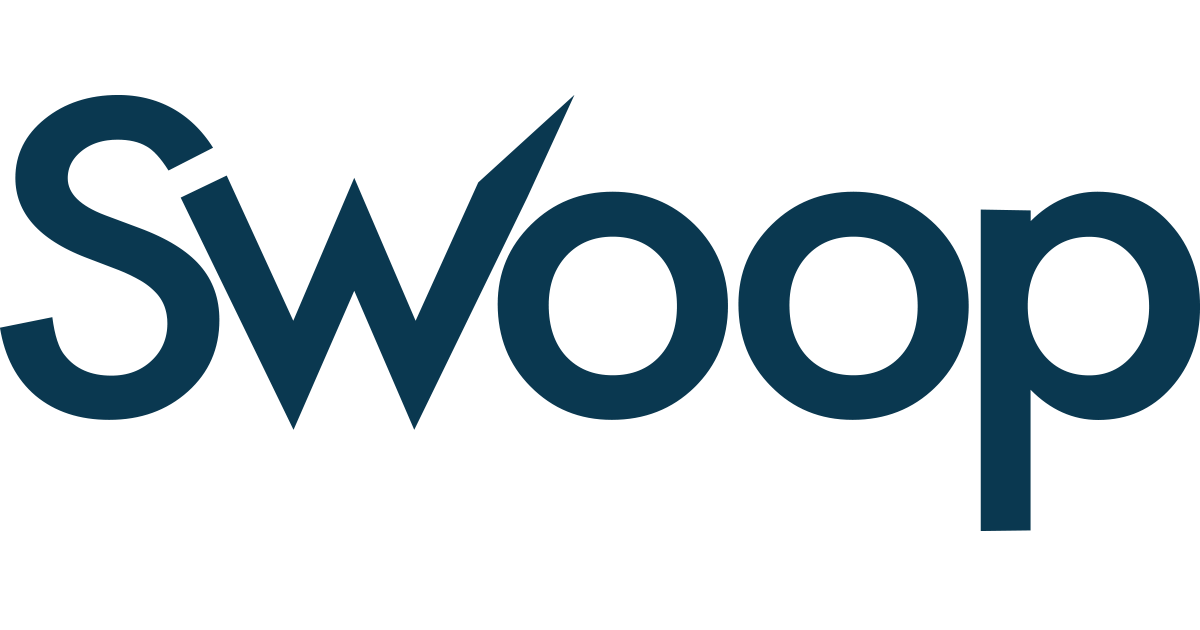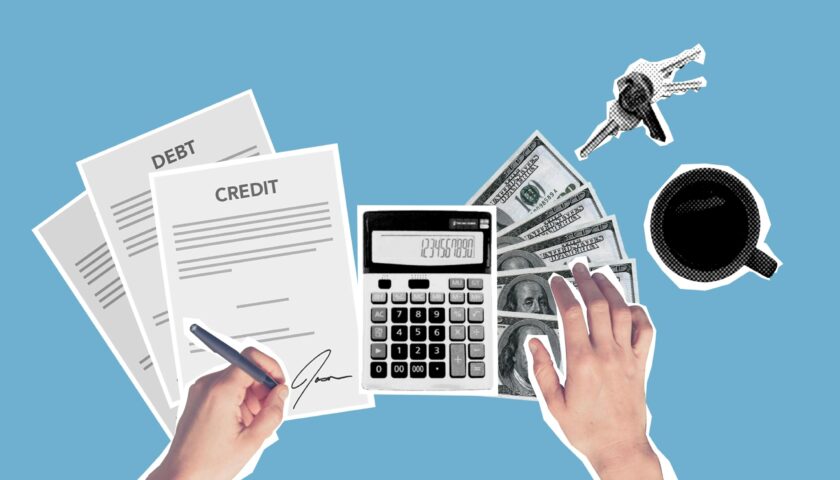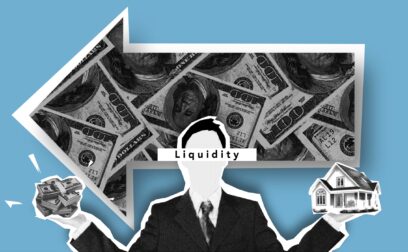For small businesses or start-ups, securing funding is the foundation for expanding your company.
Business loans and lines of credit can provide the necessary capital but also come at a cost. Calculating your cost of debt helps you to figure out if taking on debt makes financial sense for your company’s situation and future goals.
In this guide, we’ll explore how to calculate the cost of debt, why it matters to your business, and how working with a funding partner like Swoop can optimize the process.
What is the cost of debt?
The cost of debt refers to the overall cost that a company pays on borrowed money. This includes loans, bonds, credit lines, or any other form of debt financing.
The cost of debt is how much interest a company pays on borrowed money. This includes loans, bonds, credit lines, or any other form of debt financing.
There are two ways most businesses seek new financing — through equity financing or debt equity. With equity financing, an investor will provide capital in exchange for ownership of the company (a percentage of the company’s equity).
With debt equity, a company will receive financing as a loan to be repaid over time with interest.
For most loans, the cost of debt depends on the interest rate, closing costs or added fees, and repayment timeline. The higher the interest rate and fees, the higher the total cost of debt.
Why does the cost of debt matter?
For small businesses, every dollar counts toward success or failure. Taking on some debt may provide much-needed capital to expand operations, purchase equipment, hire staff, or bridge cash flow gaps.
However, it’s important to understand how the cost of your company’s debt directly affects your profit margins. Higher interest expenses can also reduce the free cash flow available.
Carefully evaluating the short and long-term costs of debt can enable you to make smart financial decisions aligned with your growth goals.
Taking the time to determine potential costs accurately can help you better model financial scenarios, forecast growth opportunities against expenses, and determine breakeven points. This can give you greater confidence before deciding on funding. Register with Swoop today to start discovering your options.
If your calculations determine the cost of debt is too high, you can look for more affordable alternatives. This upfront analysis can protect you from entering unfavorable funding terms that hinder rather than help your business.
Factors that affect the cost of debt
Several important factors determine the interest rates and fees lenders will offer:
- Size and longevity of your business
- Current profitability and cash flow
- Projected future earnings
- Credit score and history
- Assets for collateral
- Economic environment
Established companies with strong cash flows, solid credit, and collateral generally receive the most favourable interest rates. The overall economic landscape also impacts interest rates. When the economy is down, lenders charge more to offset their own increased risks.
How to calculate the cost of debt
The simplest way to figure out your total cost of debt is to use the following formula.
Formula to calculate the cost of debt
Cost of Debt = (Total Interest / Total Debt)*100
The higher the rate, the more expensive it is for your company to borrow money for growth.
To find total interest, add up all the interest expenses paid over the past year, including on loans, lines of credit, and any other form of debt financing. You can find total interest expenses on your income statement or tax return.
Next, take the beginning and ending balances of each debt over the past year. Add the beginning and ending amounts, then divide by two to get the average balance for each debt. This helps smooth any fluctuations in your debt balances throughout the year.
Now, you can plug those numbers into the formula to find the simple cost of debt. For example, if your business paid €20,000 in interest last year and maintained an average debt load of €500,000. Your cost of debt would be:
(€20,000/€500,000)*100 = 4%
But this doesn’t tell the whole story. You need to factor taxes into the equation to determine the after-tax cost of debt.
Why? Some business interest expenses are tax deductible, which can lower a company’s taxable income and reduce its true net cost of debt. The formula for the post-tax cost of debt is:
After-Tax Cost of Debt = Pre-Tax Cost of Debt * (1 – Tax Rate)
Let’s say you have a 20% effective tax rate. Using the example above, the total cost of your debt after taxes is:
4% (or 0.04) * (1 – 0.2) = 0.032 or 3.2%
As you can see, the after-tax cost is often lower. Always account for taxes to understand the true net impact of debt against your company’s bottom line.
How Swoop can help
Now that you know the true cost of debt, you can confidently find funding that fits your company’s unique needs.
At Swoop, we do the heavy lifting for you, sifting through hundreds of traditional banks and alternative lenders to find the best offers for you. We’ll work with you to understand your company’s needs and walk you through the loan process.
As a financing broker catering specifically to SME funding needs, Swoop partners with multiple lenders to provide fast, affordable capital offers without the usual red tape.
We also offer business loan comparison tables so you can easily determine which business loan will work for you. You’ll be able to compare interest rates, fees, and term lengths to ensure you find the right loan for your situation.
Register with Swoop to find the best loan for your business needs, and let us guide you through the application process.


































 yet? Register here!
yet? Register here!